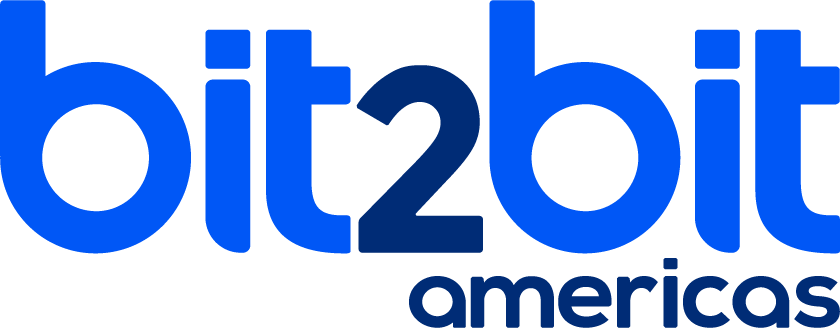Success stories
Mexican bank migrates its Atlassian
platform from Server Edition to Cloud
in its digital transformation and migrates to the Atlassian Cloud platform.
Client
Clients
+600 K
Countries
Mexico and USA
Industry
Banking
Location
Mexico
Employees
1,200
Business need
This client had 2 business units using the Atlassian platform. One business unit used Jira Software and Confluence while the other used Jira Software, Jira Service Management and Confluence. Additionally, they had apps such as BigPicture. Both units had various business processes implemented on the Server edition of these products and as part of their digital transformation initiative, they decided to migrate all Server edition product instances to a single instance on Atlassian’s cloud platform to take advantage of the benefits of the cloud. This also involved migrating user authentication and management to Atlassian Access.
Solution
Around 500 users and business processes were successfully migrated from the Server edition platform to the Atlassian cloud platform. This migration was done in 2 phases, migrating one business unit first, and then the other one. Atlassian’s migration best practices were applied as well as the experience of bit2bit Americas in similar cases migrating all the users and business processes implemented in the platform successfully. In addition, user management was successfully implemented through Atlassian Access to satisfy the security requirements of the case.
Technology
Customer Satisfaction
bit2bit Americas was able to successfully
complete this project achieving 90% in
the satisfaction survey.

Why bit2bit Americas?
The client choosed bit2bit Americas because of its Atlassian Enterprise Solution Partner and Atlassian ITSM and Cloud Specialized status. In bit2bit Americas we have migration methodologies for basically all the most popular Atlassian products and apps in the Atlassian marketplace, based on the methodologies of the manufacturers in combination with our experience.
